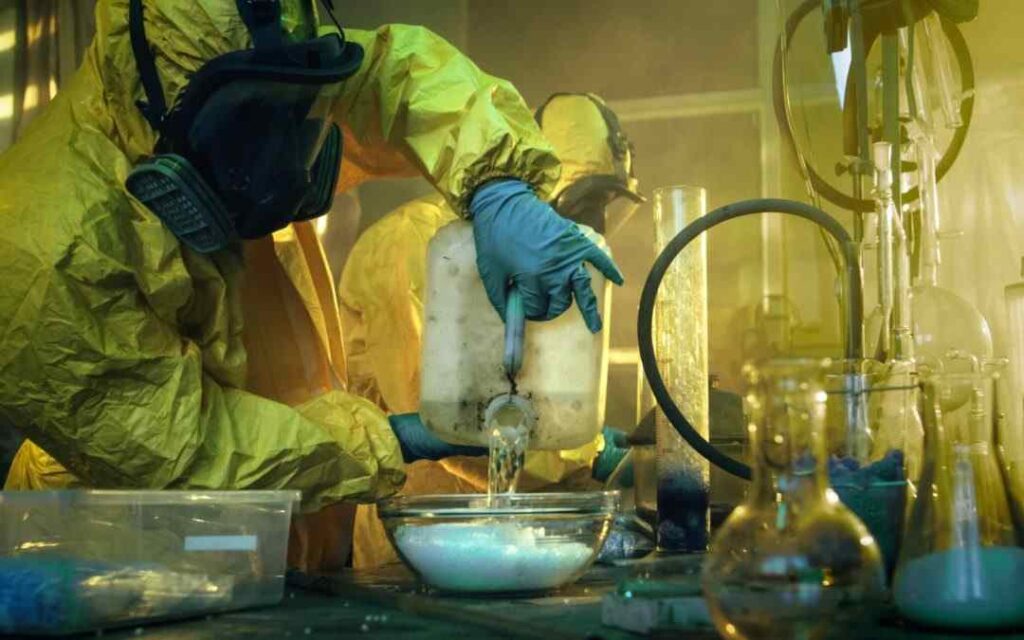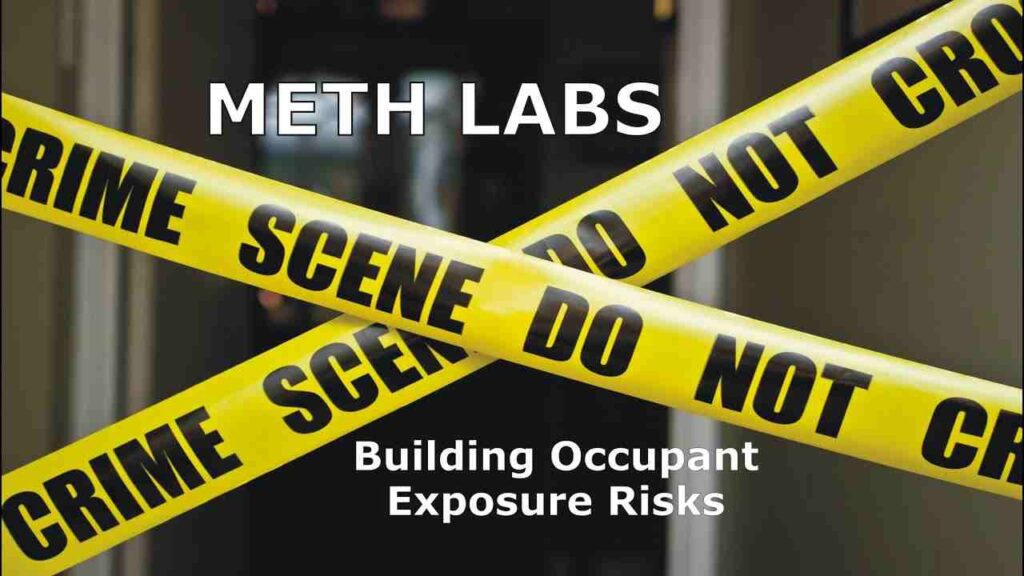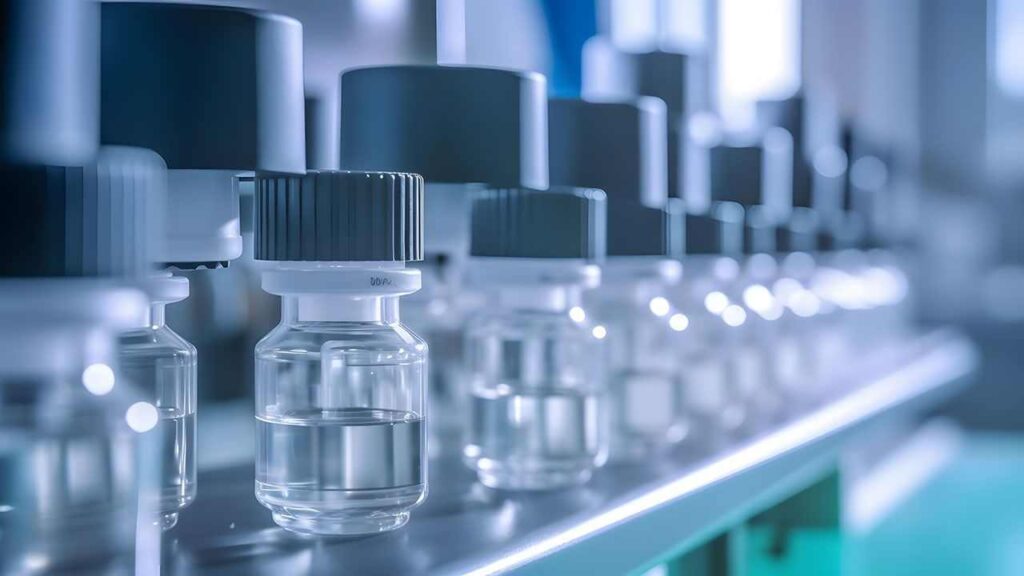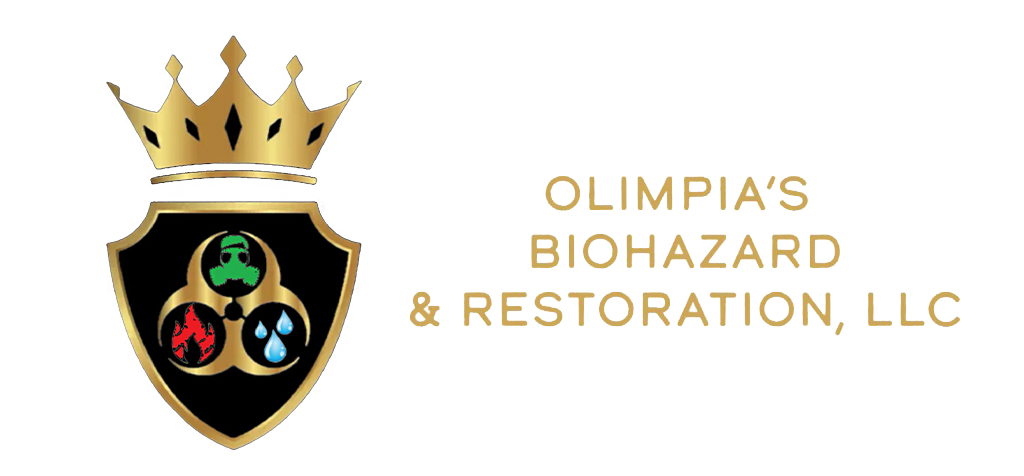Picture this: an unassuming property conceals a hidden danger – the remnants of a former methamphetamine lab. Meth lab contamination poses severe health risks, and cleaning it up is no ordinary task. This is where testing and analysis come into play, unraveling the mystery of toxic residues lurking in the walls, floors, and ventilation systems. In the world of meth lab cleanup in Portland, thorough assessment is the linchpin. Join us with Olimpias Biohazard in exploring the intricate world of meth lab cleanup, where science meets safety, and precision is paramount.


Before the first scrub or disposal, experts armed with specialized testing equipment delve into the site’s history, identifying chemicals, and evaluating contamination levels. The results drive a meticulous plan, ensuring that not a trace of this hazardous past remains. This precision is not just about cleanup; it’s about ensuring the safety and well-being of future occupants and the community at large. Meth lab cleanup services in Portland are a critical process where every detail matters, from testing to the final decontamination, in order to provide a clean slate and peace of mind.
Understanding the Meth Lab Cleanup Process
Meth lab cleanup is a highly specialized field that involves the thorough removal of hazardous chemical residues left behind after illegal drug production. This process goes beyond traditional cleaning; it demands meticulous attention to detail to ensure safety. Meth lab cleanup and its connection to public health are intertwined, as experts follow strict protocols to decontaminate properties and protect the health of future occupants, contributing to the overall well-being of the community.
The Health Risks of Meth Lab Residues
The chemicals used in methamphetamine production leave toxic residues that pose significant health risks. Meth lab residues can persist on surfaces and in the air, causing a range of health problems, from respiratory issues to skin irritation. Understanding these risks is essential for prioritizing cleanup efforts, and it’s also crucial in comprehending the impact of meth lab residue on HVAC systems, which can spread contaminants throughout a property and exacerbate health concerns.


Testing and Analysis: Uncovering Hidden Dangers
Testing and analysis are the initial steps in the meth lab cleanup process. Specialized equipment is used to detect and measure the presence of hazardous substances. This phase is critical for assessing the extent of contamination and guiding the cleanup plan, as well as for ensuring the safe handling of hazardous materials in meth lab cleanup, minimizing risks to both cleanup experts and the environment.
Identifying Chemicals and Their Hazards
Meth labs involve various chemicals, some of which are highly dangerous. Identifying these chemicals is crucial in assessing the level of contamination and determining the appropriate cleanup methods. Experts need to understand the hazards associated with each substance to handle them safely.
Contamination Evaluation: Assessing the Extent of the Problem
A thorough evaluation of contamination is essential. Experts examine every area of the property to determine the extent of the problem. This evaluation helps in creating a detailed cleanup plan and estimating the resources required. It ensures that no aspect of contamination is overlooked, allowing for a comprehensive and targeted cleanup strategy that addresses every source of potential risk.
The Role of Specialized Testing Equipment
Specialized testing equipment is indispensable in meth lab cleanup. This equipment can detect trace amounts of chemicals that may not be visible to the naked eye. It ensures that no residue is left behind, guaranteeing a safe environment. The precision and sensitivity of this equipment are paramount, as it provides a level of certainty that all potentially harmful substances have been identified and eradicated, leaving the property thoroughly decontaminated and secure for habitation.


Developing a Meticulous Cleanup Plan
The cleanup plan is the roadmap to restoring a contaminated property. It outlines the steps, methods, and safety measures needed to decontaminate the area. A well-crafted plan is essential for a successful cleanup.
Safety Protocols for Meth Lab Cleanup Experts
Safety is paramount in meth lab cleanup. Experts follow strict safety protocols to protect themselves from exposure to hazardous substances. This includes the use of personal protective equipment, proper ventilation, and secure disposal of contaminated materials.
Decontamination Methods and Techniques
Decontamination methods and techniques vary depending on the extent of contamination. Professionals use a range of cleaning agents and procedures to remove residue and ensure the property is safe for occupancy. This meticulous process includes not only the removal of visible contaminants but also the use of specialized equipment to address hidden and airborne residues, leaving no room for potential health hazards.
Regulatory Compliance in Meth Lab Cleanup
Meth lab cleanup is subject to various regulations and guidelines at the federal, state, and local levels. Compliance with these regulations is essential to ensure the proper handling of hazardous materials and to avoid legal repercussions. It’s not only a matter of safety but also a legal obligation to protect the environment and the community. Professionals in the field of meth lab cleanup must stay updated on these regulations to carry out their work responsibly and to ensure that the cleanup process aligns with the legal requirements in Portland and beyond.
Restoring Properties for Safe Occupancy
The ultimate goal of meth lab cleanup is to restore properties for safe occupancy. This involves not only decontamination but also repair and restoration work to ensure the property is habitable and free from health risks. Expertly addressing structural and cosmetic damage is crucial in the final stages of meth lab cleanup, ensuring that the property is not only clean but fully functional and visually appealing for its occupants.
Conclusion:
In conclusion, the process of meth lab cleanup in Portland is a complex and highly regulated undertaking, driven by the imperative of ensuring safety and health. From the initial testing and analysis that unveils the hidden dangers of toxic residues to the meticulous decontamination methods that leave no trace behind, the attention to detail is paramount. Compliance with federal, state, and local regulations is not just a formality but a moral and legal obligation, as it safeguards not only the environment but also the community. The ultimate goal of meth lab cleanup is to restore properties for safe occupancy, encompassing not only decontamination but also structural and cosmetic restoration.
FAQs:
What is the main goal of meth lab cleanup in Portland?
The primary goal is to decontaminate properties and restore them for safe occupancy by removing hazardous residues and addressing any structural or cosmetic damage.
2. Why is specialized testing equipment crucial in meth lab cleanup?
Specialized equipment can detect trace amounts of chemicals that may not be visible, ensuring a thorough decontamination process and a safe environment.
3. How do experts determine the extent of contamination in a meth lab cleanup project?
Thorough evaluation examines every area of the property, helping experts create a detailed cleanup plan and estimate required resources.
4. What regulations govern meth lab cleanup in Portland?
Meth lab cleanup is subject to federal, state, and local regulations to ensure proper handling of hazardous materials and legal compliance.
5. Is cosmetic restoration part of the meth lab cleanup process?
Yes, in addition to decontamination, cosmetic restoration is often necessary to return the property to a habitable and visually appealing state.
